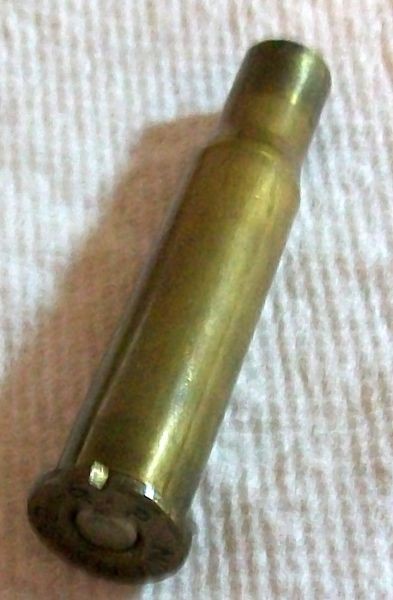Indexing is certainly useful for telling which bullets came from which cavity when the cavities aren't alike. It is at least conceivable that in certain cases with really bad bullets that indexing may help shrink groups. But a lot of good shooters don't index bullets and win without doing it. Does anybody know of any systematic studies that give information on how bad (and in what way) a bullet has to be before indexing will show a measurable decrease in average group size? Is it instead just one of those things we blindly do because we read somewhere that it works. Or maybe do in the hope that the more trouble and time we take to reload groups will magically improve. My own tests were with bullets from a single cavity mold that was beagled out of round and in which the halves were offset more than .001". These defects made me think that indexing would help. The bullets were shot in a falling block rifle so I could easily and precisely index bullets. I shot a lot of groups but could detect no difference in average group size compared with not indexing. However, that was with one bullet design (similar to NOE 22570 RN) and in a rifle only capable of averaging about 1MOA for five shot groups. With different or worse bullet defects, or with other bullet designs, or at higher levels of precision, results might be different -- but do we know? Maybe we should try to find out. John














